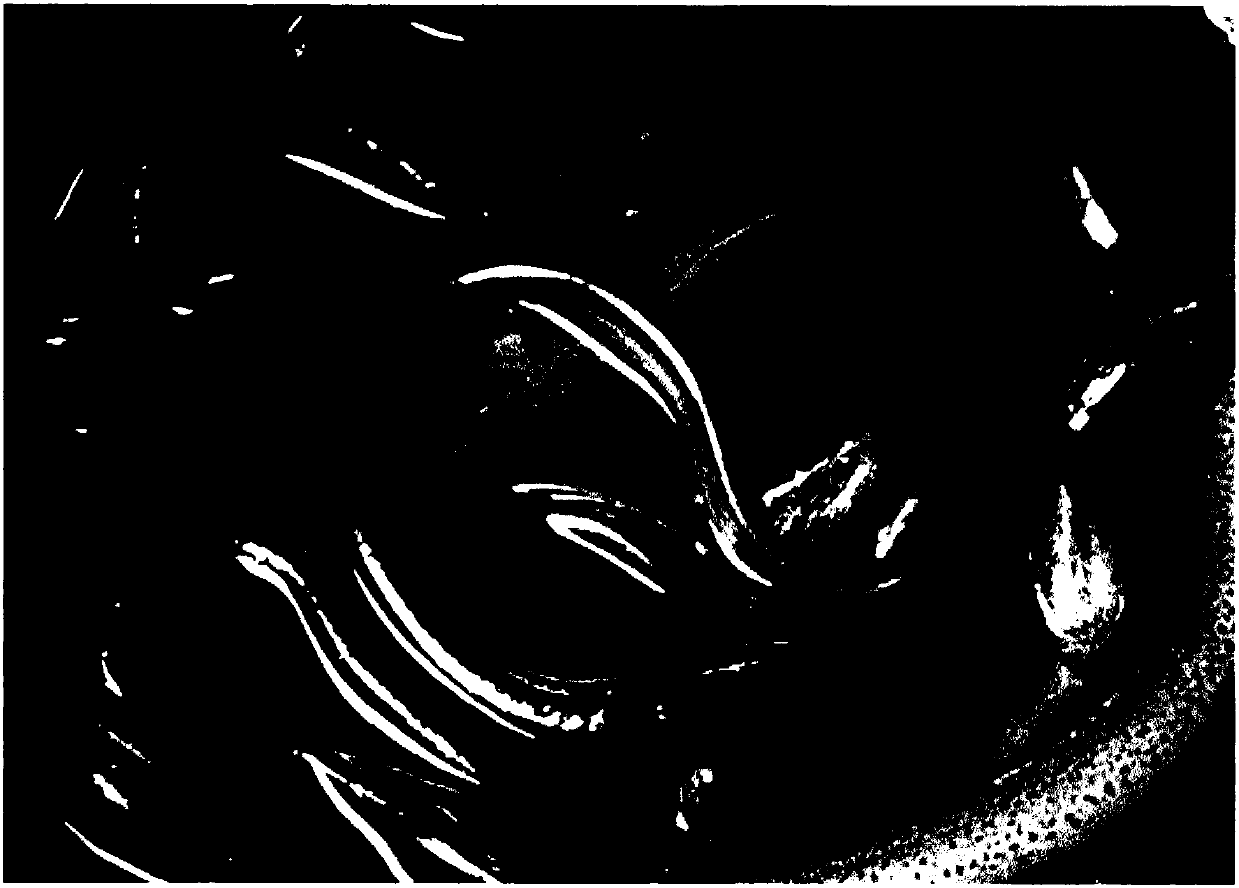Method using solar energy to fast breed Monopterus albus in high-yield manner
A technology of solar energy and rice field eels, which is applied in the field of agriculture and breeding, can solve the problems of low survival rate of rice field eels, damage to the ecological environment of rice field eels, and damage to rice field eels by growing medicines.
- Summary
- Abstract
- Description
- Claims
- Application Information
AI Technical Summary
Problems solved by technology
Method used
Image
Examples
Embodiment Construction
[0154]Using solar energy to quickly and high-yield the method of breeding rice field eels, set up a solar photovoltaic panel equation on the rice field eel breeding pond, use solar power to generate electricity, and use electric energy to control the water supply and water temperature of the rice field eel breeding pond, so that the water temperature is kept at 28-32 °C; Eliminate the hibernation of ricefield eels, and create a new method of rapid and high-yield breeding of ricefield eels without hibernation; do a good job in the selection of ricefield eel breeding ponds, create; establish ricefield eel breeding ponds, breeding cages, nursery ponds, nursery cages, eel ponds, and eel breeding ponds. Eel cages, anti-escape fences for rice field eels, cleaning ponds for sterilization and disinfection; water hyacinth grass is transplanted in ponds and cages to reproduce, raise seedlings, and grow rice field eels; Chinese rice field eels are used, and during the breeding process, De...
PUM
 Login to View More
Login to View More Abstract
Description
Claims
Application Information
 Login to View More
Login to View More - R&D
- Intellectual Property
- Life Sciences
- Materials
- Tech Scout
- Unparalleled Data Quality
- Higher Quality Content
- 60% Fewer Hallucinations
Browse by: Latest US Patents, China's latest patents, Technical Efficacy Thesaurus, Application Domain, Technology Topic, Popular Technical Reports.
© 2025 PatSnap. All rights reserved.Legal|Privacy policy|Modern Slavery Act Transparency Statement|Sitemap|About US| Contact US: help@patsnap.com



